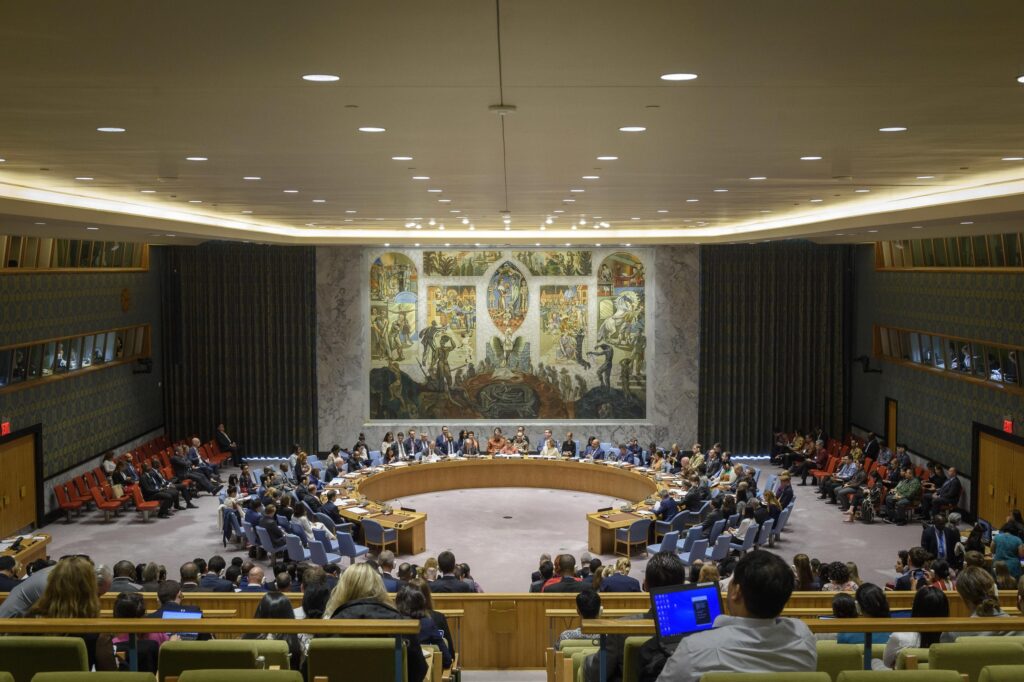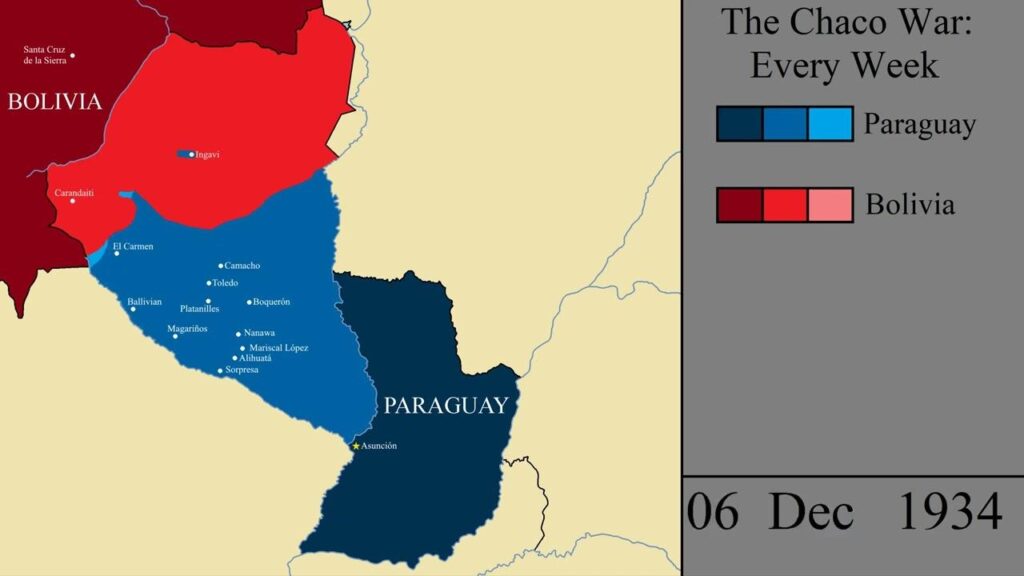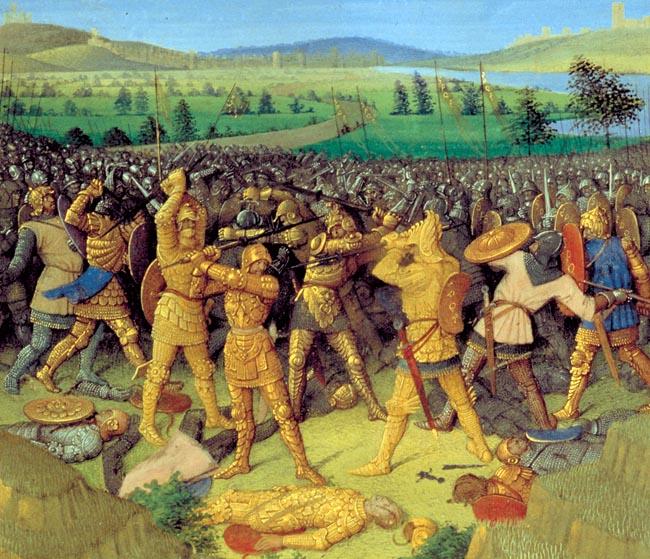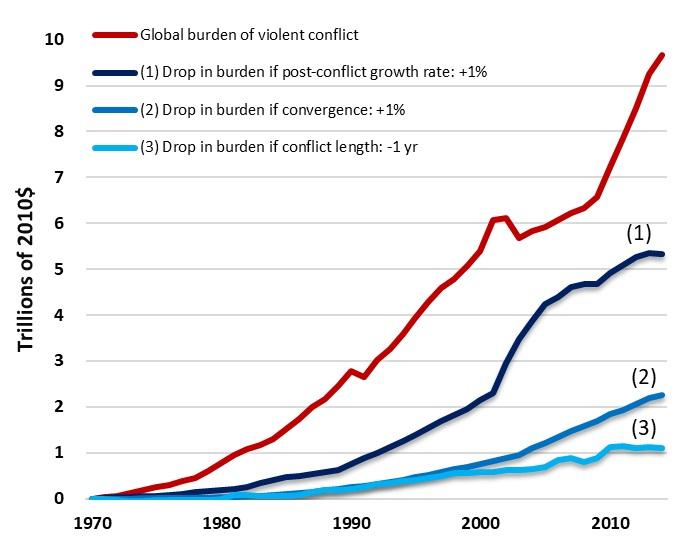When history recalls the turbulent era of the Crusades, one name stands out not merely as a warrior but as a visionary strategist and unifying force: Saladin. Revered in the Muslim world and respected by his adversaries, Saladin’s leadership reshaped the course of the Crusades and left an indelible mark on medieval history. This article delves into the life and legacy of Saladin, exploring how his tactical brilliance and principled leadership transformed conflict into a compelling chapter of resilience and diplomacy. Join us as we uncover the story of the strategic Muslim leader whose influence extended far beyond the battlefield.
Table of Contents
- The Military Genius Behind Saladin’s Victories
- Diplomacy and Leadership in a Divided Medieval World
- Strategic Lessons from Saladin for Modern Conflict Resolution
- Applying Saladin’s Principles to Contemporary Leadership Challenges
- To Wrap It Up
The Military Genius Behind Saladin’s Victories
Saladin’s strategic acumen transcended mere battlefield tactics; it was his ability to integrate diplomacy, logistics, and psychological warfare that truly defined his military brilliance. His mastery in coordinating swift cavalry movements and fortifying key strongholds allowed him to maintain momentum, often outmaneuvering larger and better-equipped Crusader forces. Saladin’s campaigns showed a deep understanding of terrain and timing, emphasizing surprise strikes and attrition to wear down his enemies rather than relying solely on direct confrontation.
His leadership was also marked by innovative approaches that combined traditional Islamic military principles with adaptive strategies tailored to the diverse geopolitical landscape of the Levant. Among his notable methods were:
- Unified Command: Consolidating fragmented Muslim factions under a cohesive command structure to maximize their collective strength.
- Intelligence Networks: Employing spies and informants efficiently to anticipate Crusader moves and prepare countermeasures.
- Psychological Tactics: Utilizing displays of mercy and chivalry to undermine enemy morale and win the loyalty of conquered populations, which in turn stabilized his rear lines.
Diplomacy and Leadership in a Divided Medieval World
In an era defined by fractured alliances and incessant warfare, Saladin emerged as a beacon of strategic acumen and diplomatic finesse. His ability to navigate the tumultuous political landscape of the 12th century was not merely a product of military prowess but also of his profound understanding of leadership and statecraft. Unlike many rulers of his time, Saladin recognized the importance of forging tactical alliances, maintaining open channels of communication with his adversaries, and leveraging religious and cultural commonalities to consolidate his power across a divided Muslim world.
Saladin’s leadership was marked by several defining qualities that set him apart:
- Inclusive Governance: He embraced a vision that united diverse factions under a single cause, transcending tribal and sectarian divides.
- Strategic Patience: His campaigns were carefully planned, often favoring diplomacy over direct conflict until the tactical conditions favored him.
- Chivalrous Conduct: Known for his fairness and magnanimity even towards defeated foes, which won him respect and helped stabilize newly conquered territories.
Strategic Lessons from Saladin for Modern Conflict Resolution
Saladin’s approach to conflict resolution exemplifies the power of diplomacy backed by principled strength. Unlike many leaders of his time, he combined military prowess with a keen understanding of when to negotiate, demonstrating that resolution isn’t always achieved through force alone. His ability to respect the beliefs and customs of his opponents helped forge unexpected alliances and opened channels for dialogue in an era dominated by religious wars. This balance between firmness and empathy is a blueprint for today’s leaders who navigate complex geopolitical landscapes and cultural divides.
Modern negotiators and strategists can draw inspiration from his methods, which include:
- Patience and timing: Understanding the right moment to advance or retreat can decisively shape outcomes.
- Respect for adversaries: Honoring opponents’ values fosters trust and long-term peace rather than endless animosity.
- Focus on common ground: Finding shared interests enables creative solutions beyond zero-sum thinking.
These lessons challenge the modern world to rethink conflict resolution as a dynamic, multifaceted strategy blending strength with wisdom.
Applying Saladin’s Principles to Contemporary Leadership Challenges
Saladin’s approach to leadership was deeply rooted in integrity, resilience, and a profound sense of justice—qualities that remain essential in navigating today’s complex leadership landscape. Contemporary leaders facing challenges such as organizational restructuring, cultural clashes, or ethical dilemmas can draw inspiration from his commitment to transparent communication and equitable treatment of allies and adversaries alike. These timeless principles promote trust-building and long-term stability, transcending sectors and eras.
Emulating Saladin means embracing strategic patience and adaptability. Instead of reactive decision-making, his model advocates for deliberate actions based on comprehensive intelligence and moral clarity. Leaders can foster success by integrating these traits into their frameworks:
- Prioritizing collaboration over competition to unify diverse teams.
- Balancing compassion with firmness to maintain respect and authority.
- Anticipating challenges through calculated foresight, not impulse.
To Wrap It Up
In reflecting on Saladin’s legacy, it becomes clear that his impact on the Crusades extended far beyond the battlefield. As a strategic leader, diplomat, and unifier, he reshaped the course of history in the medieval world. His ability to combine military acumen with a genuine sense of justice and respect earned him admiration not only from his contemporaries but also from generations to come. Understanding Saladin’s role challenges us to look beyond simple narratives of conflict and recognize the complexity of leadership during one of history’s most tumultuous eras. His story remains a powerful reminder of how vision and strategy can transcend division and leave a lasting mark on the world stage.












